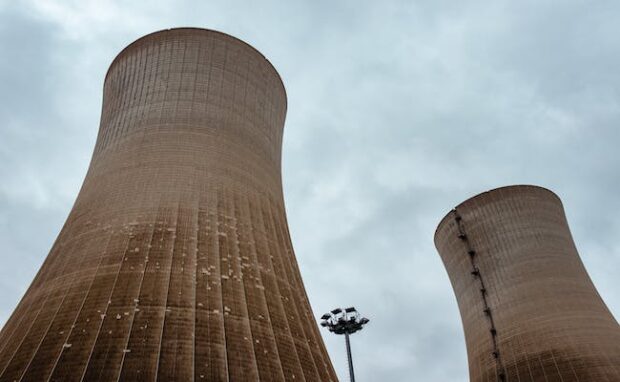NASA to build nuclear reactors on the Moon
The National Aeronautics and Space Administration will build nuclear fission reactors on the Moon.
It is part of the space organization’s plans to launch longer and more ambitious exploration missions. More importantly, they could facilitate NASA’s plans to establish a lunar colony.
If that lunar colony goal seems like science fiction, think again. Science and technology have been advancing so rapidly that Neil Armstrong’s footsteps won’t be the last on the Moon. Soon, we will have more people chilling out on the space rock for their next vacation. Maybe you’ll move there in the future, so see how that future may turn out!
This article will discuss how and why NASA wants nuclear energy on the Moon. Then, I will elaborate on the space agency’s long-term objective of turning humanity into an interstellar civilization.
Why build nuclear reactors on the Moon?

Past space explorations relied on solar power and batteries, but we need more reliable energy sources to travel further. However, conventional energy production can be trickier in a low-gravity, no-oxygen environment.
That is why NASA launched its Fission Surface Power Project. In 2022, NASA allocated three $5 million contracts to industry partners to develop concepts for small nuclear fission reactors for lunar deployment.
“A demonstration of a nuclear power source on the Moon is required to show that it is a safe, clean, reliable option,” said Trudy Kortes, program director of Technology Demonstration Missions within NASA’s Space Technology Mission Directorate.
“The lunar night is challenging from a technical perspective, so having a source of power such as this nuclear reactor, which operates independently of the Sun, is an enabling option for long-term exploration and science efforts on the Moon,” she added.
In simplistic terms, nuclear fission involves colliding atoms into each other to produce energy. NASA said it could place nuclear reactors in permanently shadowed areas or generate power continuously during lunar nights.
Lunar nights roughly last 14-and-a-half Earth days. “There was a healthy variety of approaches; they were all very unique from each other,” said Lindsay Kaldon, Fission Surface Power project manager at NASA’s Glenn Research Center.
You may also like: China launches 4th-gen nuclear reactor
“We didn’t give them a lot of requirements on purpose because we wanted them to think outside the box,” she added. However, specified that the reactor should stay under six metric tons and produce 40 kilowatts of electricity.
NASA said that the amount of electrical energy can power 33 US households. The space agency will use that to power lunar habitats, rovers, science experiments, and backup grids.
The reactor must meet safety standards, especially for its radiation dose and shielding. Moreover, it must operate for 10 years without human intervention.
Will we have people living on the Moon?

Living on the lunar surface may seem like fantasy, but NASA and the Defense Advanced Research Projects Agency want to make it happen. A previous Inquirer Tech article says their LunA-10 Project looks for ideas regarding lunar infrastructure.
DARPA Strategic Technology Office program manager, Michael Nayak, explained his organization’s plans:
“For 65 years, DARPA has pioneered and de-risked technologies vital to civil space advancement. LunA-10 continues this rich legacy by identifying and accelerating key technologies that may be used by government and the commercial space industry, and ultimately to catalyze economic vibrancy on the Moon.”
DARPA prioritizes the development of key industries like construction, communications, sciences, medicine, and mining. Also, the science update website Interesting Engineering says DARPA is working with the National Aeronautics and Space Administration.
These organizations collaborate to identify additional investments necessary for the DARPA Moon study’s success.” Nayak explained, “We set out to talk with NASA, figure out what they’re doing, figure out what their roadmap is…”
You may also like: World’s biggest nuclear reactor activates
“And then see if there are other complementary investments that we can make to significantly advance the state of the art that align with your typical DARPA mission,” he added. More importantly, the research organization wants a thriving economy in this heavenly body.
“Just like DARPA’s foundational node of ARPANET grew into the sprawling web of the internet, LunA-10 is looking for those connective nodes to support a thriving commercial economy on the Moon,” Nayak elaborated.
It is studying how to move stuff and people on the Moon. Also, it is developing ways to apply “wireless power beaming into other tech” to make this out-of-this-world economy possible.